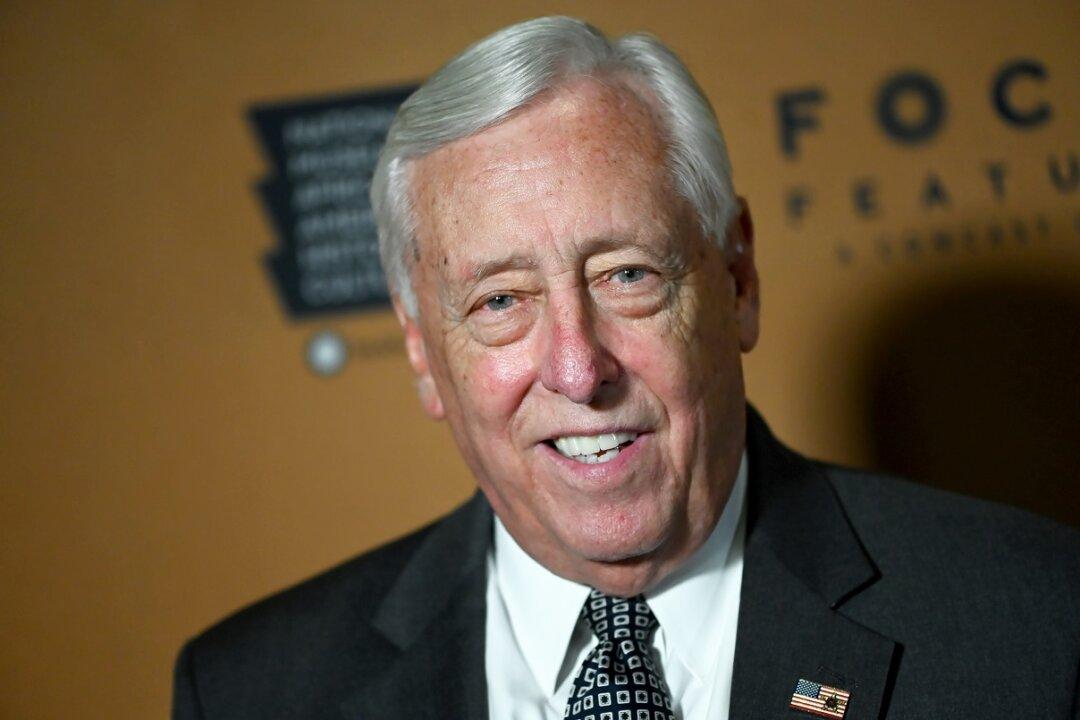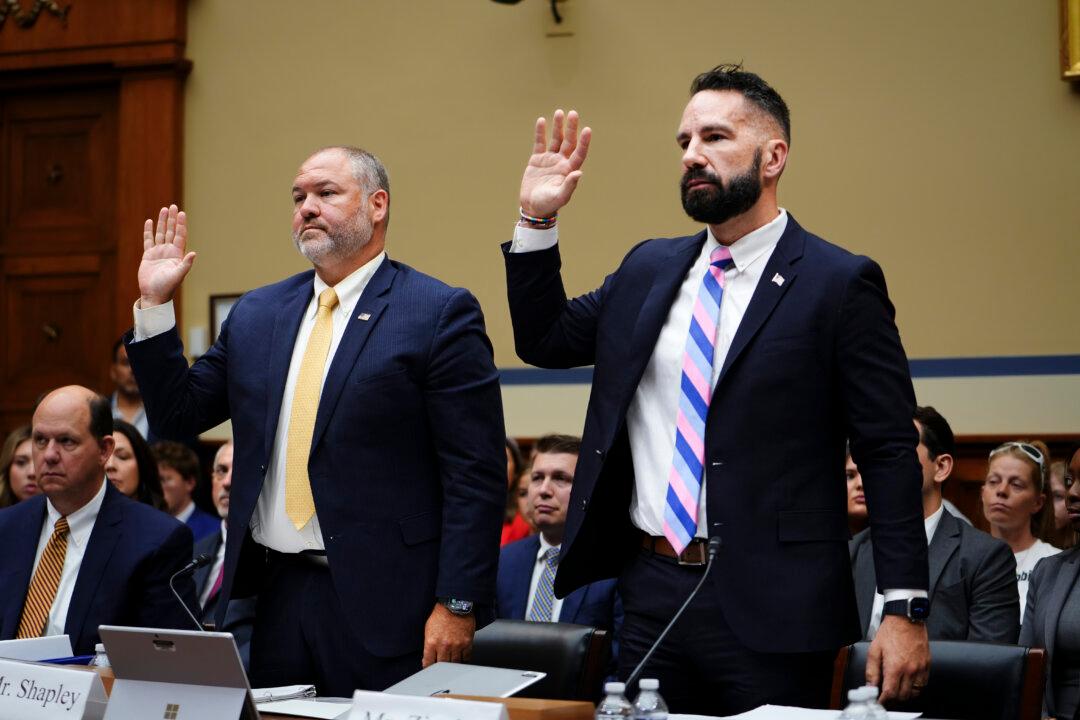House Democrats, and some Republicans as well, want to restore earmarks—taxpayer-funded special interest projects once dubbed “the gateway drug to federal spending addiction”—but Tom Schatz has a new tool to stop them.
“The earmark database is a potent reminder that the practice is costly, inequitable, and corrupting,” the Citizens Against Government Waste (CAGW) president told The Epoch Times on April 21.





